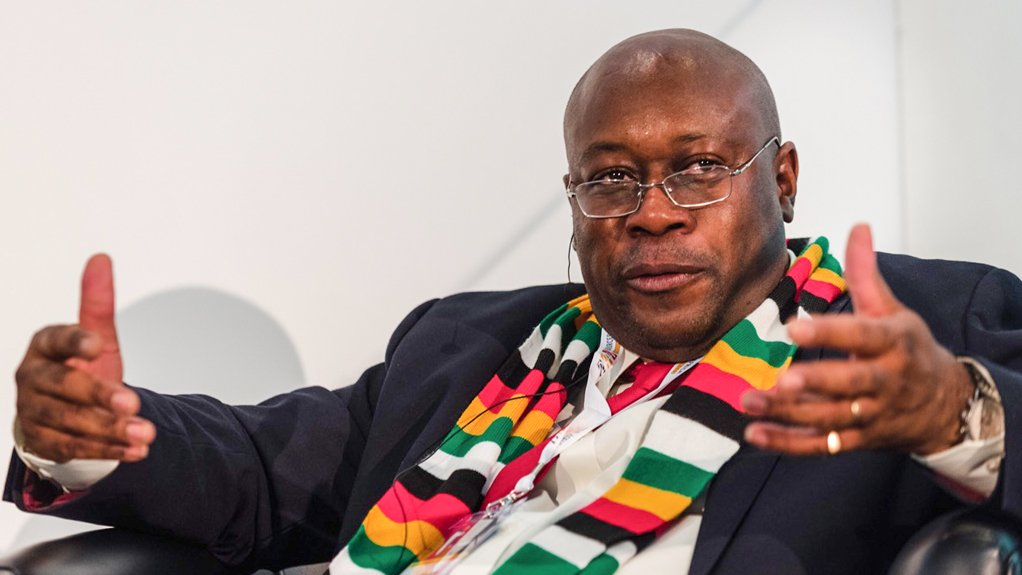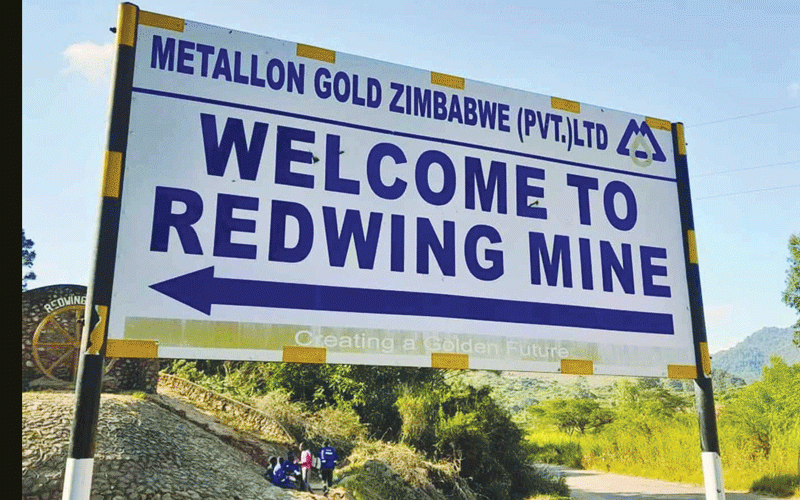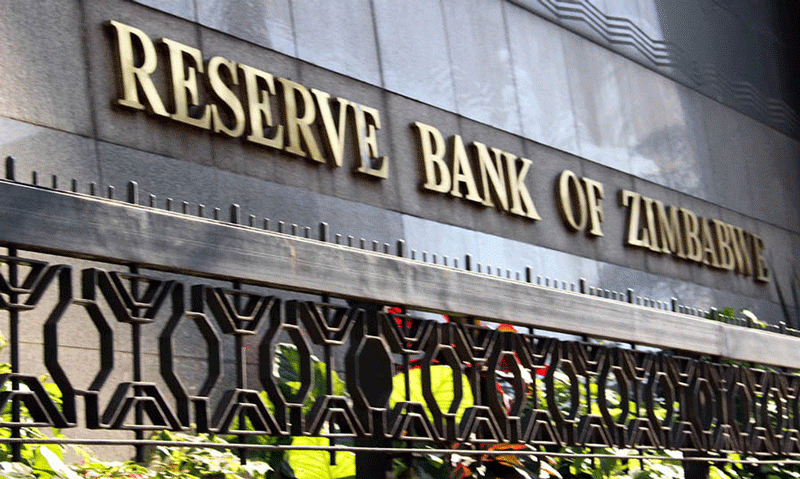
SHAME MAKOSHORI ZIMBABWE’s Mines minister, Winston Chitando last week shot down requests by gold producers to channel fresh capital from pension funds to rebuild undercapitalised operators.
Gold miners alone have since the past decade been combing through markets for US$1 billion to help them return to full production.
In total, Zimbabwe’s mines say they require injections of up to US$5 billion to drive operators out of a dire crisis, which has been compounded by weak domestic banks and unsustainable interest rates.
In a presentation made during last week’s Chamber of Mines of Zimbabwe annual mining conference in Victoria Falls, the Gold Producers Association said it had located an avenue for funding through a new insurance Bill that allows pension funds to invest 15% of their portfolios offshore.
Qhubeka Nkomo, president of the association said instead of sending liquidity out to offshore markets such funds would come handy for miners.
Current regulations bar local insurers and pension funds from investing abroad.
But there has been a push by organisations including Life Offices Association of Zimbabwe (LOAZ) for permission to invest funds into offshore markets.
LOAZ says this would help mitigate domestic risks associated with an economy that has been haemorrhaging for 22 years.
- Chamisa under fire over US$120K donation
- Mavhunga puts DeMbare into Chibuku quarterfinals
- Pension funds bet on Cabora Bassa oilfields
- Councils defy govt fire tender directive
Keep Reading
Authorities have bought into the idea, and should the Bill be enacted, millions of United States dollars would flow out of pension funds into high return offshore markets.
In his presentation to the conference Nkomo said investing such funds into the mining industry would be vital for addressing the capital problems.
But Chitando said it would be “unfair”.
“Pension funds are already invested into the mining sector through the Zimbabwe Stock Exchange and the Victoria Falls Stock Exchange and through other private placements where they acquire stakes,” the minister said.
“To give the 15% to the mining industry may be unfair to pension funds,” Chitando told the conference.
In 2017, former LOAZ chairman, Reuben Java said offshore investments would help the insurance industry spread risk and mitigate losses during turbulent times.
Java said had insurance firms invested part of the funds offshore, the impact of the hyperinflationary crisis experienced in the last decade could have been mitigated by returns from stable markets.
“We are not allowed to invest offshore,” Java said then.
“We keep having conversations with regulators but we are not allowed. In other countries, insurance companies are allowed to invest offshore so that if there are problems in one country, assets in other countries are safe. Hyperinflation destroyed value. It wreaked (havoc on) our savings… Inflation ran away, it became uncontrollable. It killed our exchange rate; whatever we had became worthless,” he added.
Billions in US-dollar savings were wiped out then, and today, Zimbabwe has one of the most struggling pensioners.
During last week’s conference, the government laid out a multi-pronged approach to help mines scale up production as industry executives indicated that the scale of capital required to bolster operations was too huge for domestic lenders.
More than US$30 million in fresh funding was estimated to be destined for mines immediately from sources outside the banking sector as mining executives digested the industry’s future.
State-run gold buyer, Fidelity Printers and Refiners said loans of at least US$20 million would be injected into sector operators while the Ministry of Mines and Mining Development said it was deploying its share of US$961 million special drawing rights (SDRs) allocated to Zimbabwe by the International Monetary Fund (IMF) to recapitalise the mining industry.
Bankers also said they were ready to fund production.
Onesimo Mazai Moyo, permanent secretary in the Ministry of Mines, told delegates that Treasury had released US$10 million out of the US$961 million IMF package, which will soon be channelled to mines.
Moyo said the government was working out a deployment strategy with banks to determine how SDRs will flow into mining companies.
SDRs will not be free money, but the government says it will charge competitive rates to borrowers in order to revive hundreds of struggling companies across sectors.
“The ministry was allocated US$10 million from the SDRs and we are working with Treasury and banks to make sure this money is lent to the mining industry,” Moyo told delegates.
“Beneficiaries will include small-scale miners because we want inclusive growth. We are establishing a facility with banks, because they are skilled in that area,” he said.











